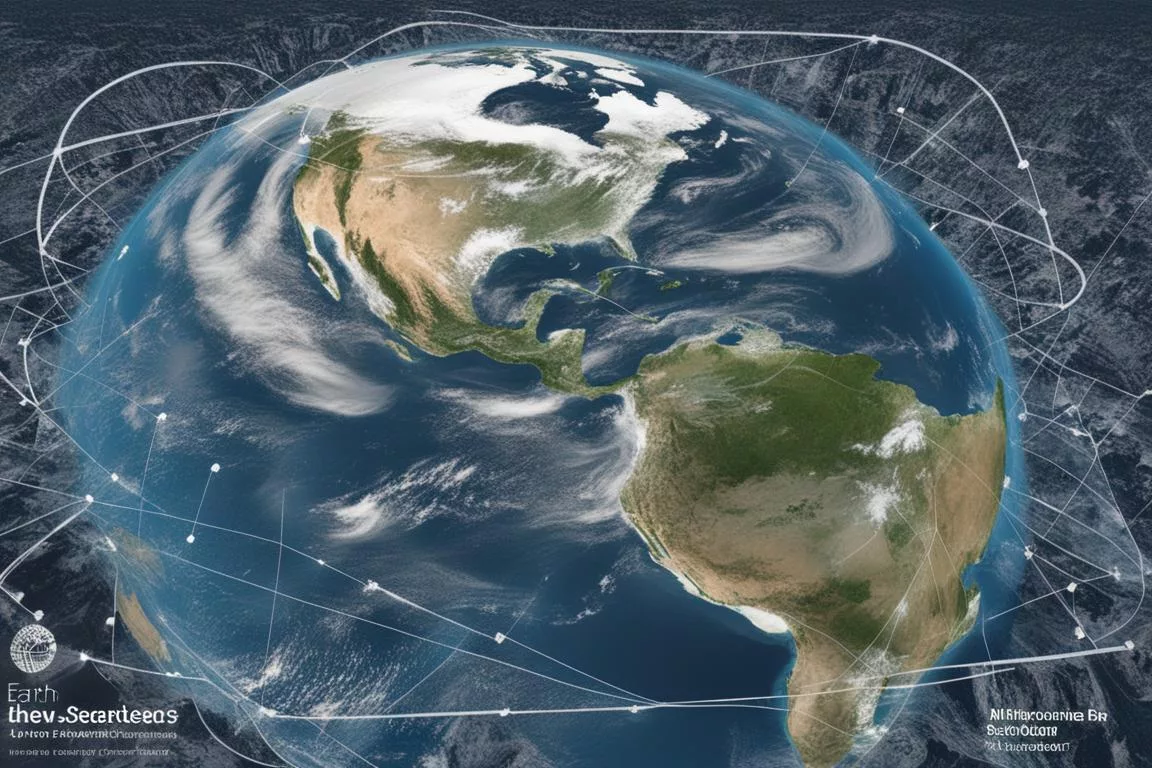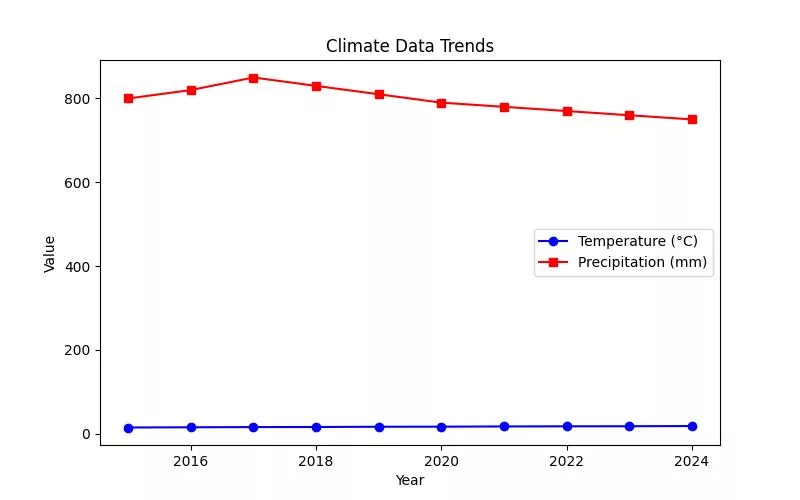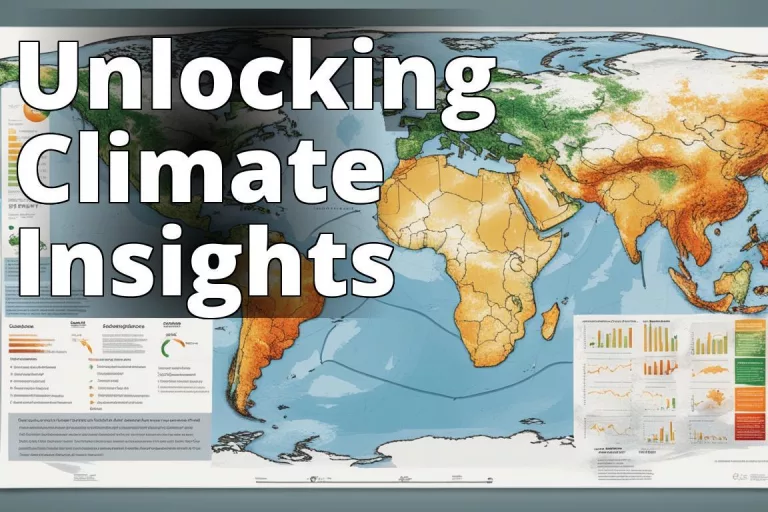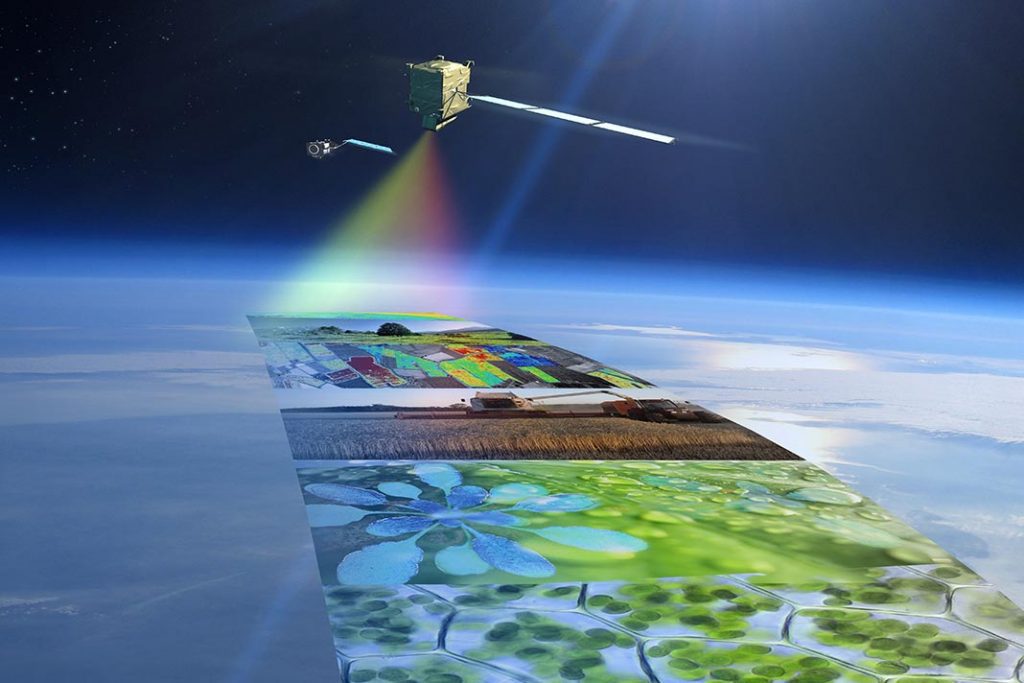Climate Change Data Analysis
What You’ll Learn About Climate Change Data Analysis
- Importance of data analysis in understanding climate change and addressing its challenges.
- Role of different data sources and collection methods in climate data analysis.
- Advancements in data analysis techniques and tools, including machine learning and AI.
Climate change data analysis is crucial for understanding the complexities of climate change and formulating effective strategies to address it. This article delves into the role of data analysis in revolutionizing our understanding of climate change and how it informs crucial decision-making processes.
Definition and Causes of Climate Change
Climate change refers to significant and long-term shifts in global or regional climate patterns. Human activities since the Industrial Revolution have substantially contributed to accelerated climate change, primarily through the emission of greenhouse gases, deforestation, and industrial processes.
Importance of Data Analysis in Understanding Climate Change
The analysis of climate data is pivotal in comprehending the intricate interplay of various environmental factors that contribute to climate change. It allows us to discern patterns, trends, and anomalies in climate parameters, providing valuable insights into the underlying causes and consequences of global warming.
Significance of Data Analysis in Addressing Climate Change Challenges
Effective climate change mitigation and adaptation strategies rely heavily on the accurate analysis of climate data. By harnessing the power of data analysis, researchers, policymakers, and environmentalists can gain a deeper understanding of the complex dynamics of climate change, thus enabling the development of informed solutions to combat its adverse effects.
Role of Data Analysis in Climate Change Research
As we navigate the complexities of climate change, the role of data analysis in shaping our understanding and response to this global challenge cannot be overstated.
Importance of Data-driven Decision-making
Data-driven decision-making is crucial in formulating evidence-based strategies to mitigate the impacts of climate change. By analyzing historical and real-time climate data, decision-makers can make informed choices that are grounded in scientific evidence.

Advancements in Climate Data Collection Technologies
The advancements in climate data collection technologies, such as satellite observations and ground-based measurements, have significantly enhanced our ability to gather comprehensive and accurate data on various climate parameters. These technological innovations have revolutionized the quality and quantity of data available for analysis.
Predictive Value of Climate Data Analysis
Climate data analysis not only provides insights into current environmental trends but also facilitates predictive modeling of future climate scenarios. This predictive value is instrumental in projecting the potential impacts of climate change and formulating proactive measures to address them.
Sources and Collection of Climate Data
The diverse sources and methods of collecting climate data play a fundamental role in enabling comprehensive analysis and interpretation.
Satellite Observations
Satellite observations provide a comprehensive view of the Earth’s climate system, allowing for the monitoring of various environmental parameters, including temperature, precipitation, and sea ice extent. These observations enable global-scale analysis and contribute to a more holistic understanding of climate dynamics.
Ground-based Measurements
Ground-based measurements, collected from weather stations and observational networks, offer localized and detailed climate data. These measurements are essential for understanding regional climate variations and validating the accuracy of satellite-derived data.
Climate Models
Climate models, developed through the integration of observational data and scientific principles, simulate the Earth’s climate system. These models are invaluable tools for projecting future climate scenarios and assessing the potential impacts of climate change on a global and regional scale.
Integration of Diverse Data Sources
The integration of diverse data sources, including satellite observations, ground-based measurements, and climate models, is essential for gaining a comprehensive understanding of climate change. By synthesizing data from multiple sources, researchers can derive more accurate insights into complex climate phenomena.
| Data Analysis Technique | Description |
|---|---|
| Statistical Analysis Methods | Methods such as trend analysis, regression analysis, and spatial analysis used to identify patterns and trends in climate data. |
| Machine Learning and AI | Integration of machine learning and artificial intelligence in climate data analysis to extract valuable insights from complex datasets. |
| Utilization of Big Data Tools | Use of data mining, visualization, and predictive analytics to process and analyze large volumes of climate data. |

Data Analysis Techniques and Tools
The application of advanced data analysis techniques and tools is pivotal in unlocking the full potential of climate data for informed decision-making and policy formulation.
Statistical Analysis Methods
Statistical analysis methods, such as trend analysis, regression analysis, and spatial analysis, are widely used to identify patterns and trends in climate data. These methods enable the quantification of changes in climate parameters and the assessment of their significance.
Machine Learning and AI in Climate Data Analysis
The integration of machine learning and artificial intelligence (AI) in climate data analysis offers the potential to extract valuable insights from vast and complex datasets. Machine learning algorithms can identify non-linear relationships within climate data, aiding in the discovery of previously unrecognized patterns and correlations.
Utilization of Big Data Tools in Climate Change Research
The utilization of big data tools, including data mining, visualization, and predictive analytics, has significantly expanded the scope and depth of climate change research. These tools enable researchers to process and analyze large volumes of climate data, uncovering meaningful patterns and trends that inform our understanding of climate change dynamics.

Case Studies and Applications
The application of climate data analysis has yielded significant advancements in understanding climate change and its far-reaching implications.
Successful Climate Change Data Analysis Projects
Numerous successful climate change data analysis projects have contributed to our understanding of climate change phenomena, ranging from regional climate variations to global-scale trends. These projects have provided valuable insights into the drivers of climate change and its impacts on ecosystems and human societies.
Application of Data Analysis in Informed Decision-making
The application of climate data analysis in informed decision-making has empowered policymakers and environmental organizations to develop targeted strategies for climate change mitigation and adaptation. By leveraging data-driven insights, decision-makers can prioritize actions that yield the most significant environmental benefits.
Contributions to Understanding and Predicting Climate Change Trends
Climate data analysis has significantly contributed to our ability to understand and predict climate change trends, including shifts in temperature patterns, alterations in precipitation regimes, and the dynamics of extreme weather events. These insights are instrumental in developing resilience-building measures and proactive interventions.

Technological Innovations in Climate Data Analysis
The continuous advancements in technology have catalyzed innovations in climate data analysis, offering enhanced capabilities for understanding and addressing climate change challenges.
Advancements in Cloud Computing for Climate Data Analysis
Cloud computing has revolutionized climate data analysis by providing scalable and efficient infrastructure for processing and storing vast amounts of climate data. The accessibility and flexibility of cloud-based data analytics have accelerated the pace of climate research and enhanced collaboration among scientists and researchers.
Utilization of Artificial Intelligence in Climate Data Interpretation
The utilization of artificial intelligence, including machine learning algorithms, in climate data interpretation has enabled the extraction of nuanced insights from complex datasets. AI-driven analysis enhances the accuracy and predictive capabilities of climate models, contributing to more robust projections of future climate scenarios.
Remote Sensing and Enhanced Data Analysis Capabilities
Remote sensing technologies, coupled with advanced data analysis capabilities, have facilitated the monitoring and assessment of environmental changes at unprecedented spatial and temporal resolutions. These technological innovations provide a deeper understanding of climate dynamics and support evidence-based decision-making for climate change mitigation and adaptation.
Data Visualization and Communication
Effective communication of climate change findings through data visualization plays a pivotal role in conveying complex scientific information to a diverse audience.
Importance of Effective Communication of Climate Change Findings
Effective communication of climate change findings is essential for raising awareness and fostering a collective understanding of the urgency of addressing climate change. Clear and accessible communication ensures that scientific insights are conveyed in a manner that resonates with diverse stakeholders, including policymakers, scientists, and the general public.
Role of Data Visualization in Conveying Complex Climate Data
Data visualization techniques, including interactive maps, infographics, and visual simulations, play a vital role in conveying complex climate data in an easily understandable format. Visual representations of climate trends and projections enable stakeholders to grasp the significance of climate change impacts and the need for concerted action.
Impact on Policymakers, Scientists, and Public Understanding
Effective data visualization and communication of climate change findings have a profound impact on policymakers, scientists, and the public, fostering informed decision-making and inspiring collective action to address climate change challenges. Accessible and engaging data visualization tools contribute to a deeper understanding of the implications of climate change and the urgency of implementing sustainable solutions.
Challenges, Limitations, and Collaborations
While data analysis has significantly advanced our understanding of climate change, it also presents challenges and limitations that require interdisciplinary collaborations for effective solutions.
Data Quality Issues in Climate Change Data Analysis
Data quality issues, including data gaps, inaccuracies, and uncertainties, pose challenges to the accuracy and reliability of climate data analysis. Addressing these issues necessitates concerted efforts to enhance data collection methodologies and improve the quality of climate datasets.
Uncertainties in Climate Models and Projections
Climate models and projections inherently entail uncertainties due to the complex and dynamic nature of Earth’s climate system. Collaborative research efforts are essential to refine climate models and reduce uncertainties, enabling more robust predictions of future climate scenarios.
Importance of Interdisciplinary Collaboration in Climate Data Analysis
Interdisciplinary collaboration, bringing together expertise from diverse fields such as environmental science, data science, and policy development, is crucial for addressing the multifaceted challenges of climate data analysis. Collaborative initiatives foster innovation and enable comprehensive analyses that integrate diverse perspectives and methodologies.
Future Directions and Emerging Technologies
The future of climate data analysis holds immense potential for leveraging emerging technologies and real-time monitoring to advance our understanding and response to climate change.
Integration of Real-time Monitoring in Climate Data Collection
The integration of real-time monitoring technologies offers the potential to enhance the timeliness and accuracy of climate data collection, providing dynamic insights into rapidly evolving climate phenomena. Real-time data monitoring capabilities enable proactive interventions and adaptive responses to climate change impacts.
Leveraging Emerging Technologies like Blockchain and IoT
Emerging technologies such as blockchain and the Internet of Things (IoT) present opportunities to revolutionize climate data management and verification processes. These technologies offer enhanced security and transparency, ensuring the integrity of climate data and fostering trust among stakeholders.
Potential of Real-time Data Analysis and Predictive Models
Real-time data analysis and predictive models hold the potential to transform our ability to anticipate and respond to climate change impacts. By harnessing real-time data analytics, researchers and decision-makers can gain actionable insights into evolving climate trends and make informed decisions in a rapidly changing environment.
Conclusion
In conclusion, climate change data analysis is instrumental in revolutionizing our understanding of climate change and informing strategic responses. The comprehensive analysis of climate data empowers us to comprehend the complexities of climate change, predict future scenarios, and develop evidence-based solutions to mitigate its impacts. As we look toward the future, continued research and innovation in climate data analysis and technology solutions are essential for addressing the challenges of climate change and fostering a sustainable future for generations to come.
Remember to check out our related articles:
– Tackling Climate Change with Cloud-Based Data Analytics
– Environmental Big Data for Climate Change Solutions
– AI in Climate Change Prediction
– Climate Change Communication Tech
– Harnessing the Power of Cloud-Based Earth Observation Data Analytics for Natural Resource Management
– Environmental Big Data and Citizen Science
– Big Data Technologies and Tools for Environmental Insights
– Introduction to Environmental Data Science
– Cloud-Enabled Environmental Data Analytics: Benefits and Opportunities
– Data Preprocessing and Cleaning Techniques for Environmental Data
Questions and Answers
Q. Who uses climate change data analysis?
A. Climate scientists, policymakers, and environmental researchers use it.
Q. What is climate change data analysis?
A. It is the process of examining and interpreting data to understand climate trends.
Q. How does climate change data analysis help?
A. It helps identify patterns, predict future changes, and inform mitigation strategies.
Q. Isn’t climate change data analysis complex?
A. While it can be complex, there are user-friendly tools and software available.
Q. Who can benefit from climate change data analysis?
A. Anyone interested in understanding and addressing climate change impacts.
Q. How can tech solutions aid climate change data analysis?
A. Tech solutions can automate data collection, analysis, and visualization.


